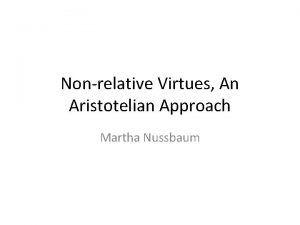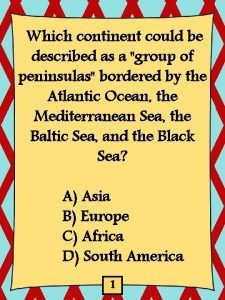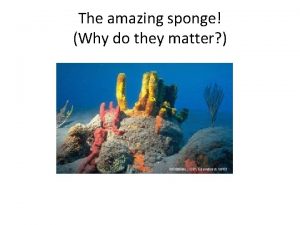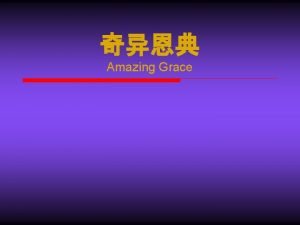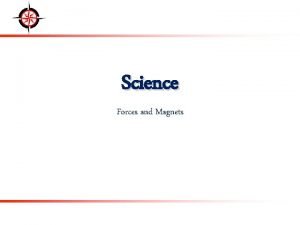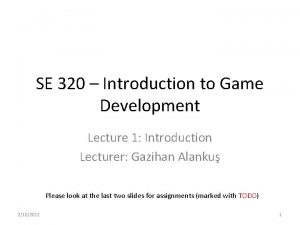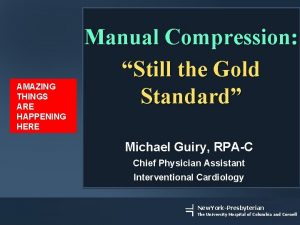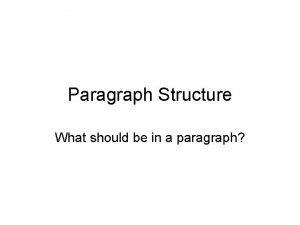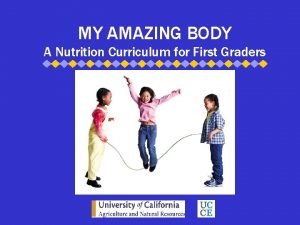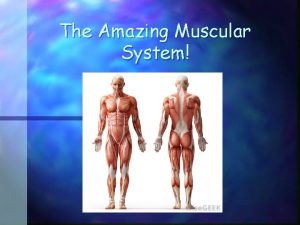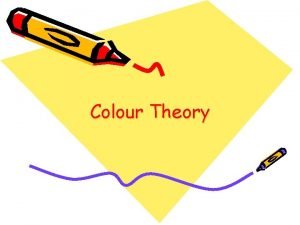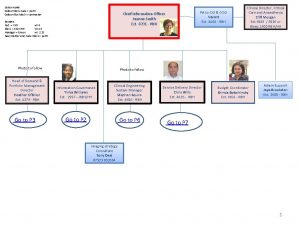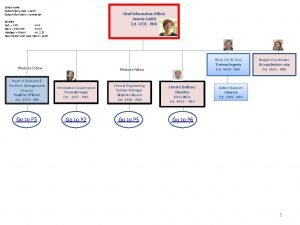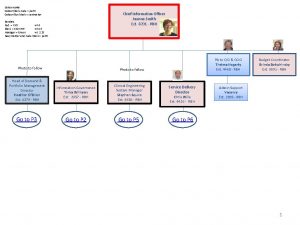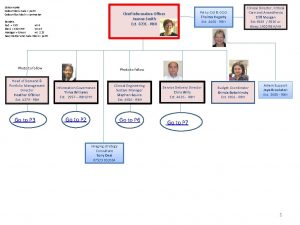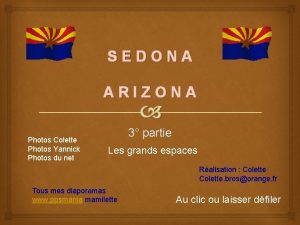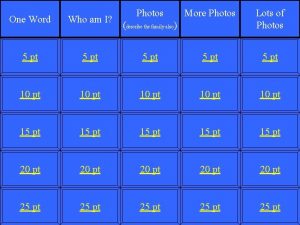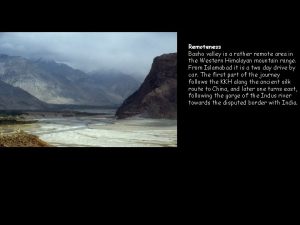Amazing colour photos of Russia Remoteness of Russia

















- Slides: 17

Amazing colour photos of Russia Remoteness of Russia video of old transiberian rail bridge Russia: 1881 - 1921 An overview of the fall of autocracy and the rise of Communism History of Russia documentary Tsar Liberator onwards 1

Overview: the country • • 1/6 th world’s land 200+ different nationalities. Economically undeveloped = mainly agrarian (Farming). 80%+ poor, illiterate, isolated peasant Peasant = subsistence farmer Dominated by the Russian Orthodox Church. Ruler =Tsar: hereditary autocrat 2

Tsarist Autocracy • • • hereditary Divine right = chosen by God not people Backed the nobility; The Church The Civil Service The police & armed forces. • Absolute autocracy = • no parliament (or anything else) to stop him 3

Tsarist ideology In 1830 s Count Sergei Uvarov had established the formula for autocratic government. Orthodoxy Authority Nationality Accepted belief Power and influence Who you are 4

Tsar Alexander II: 1855 1881 • Tried to modernise • Emancipated (freed) Serfs, 1861 • Serf = slave attached to land • wanted Russification (unify the empire) • Reformed law • Had large moustache 5

• • • Tsar Alexander II: 1855 1881 Created Zemstva, 1864 (= local councils) but very limited power Reforms encouraged dissent assassinated by terrorists, ‘People’s Will’ 6

Tsar Alexander III: 1881 1894 • Reactionary • Determined to crush political discontent, • restore autocratic system • modernise Russia • Wanted old orthodoxy, autocracy and nationality of the Russian Empire 7

Alexander III: 1881 - 94 • • Believed in superiority of all things Russian. No intention of following his father’s lead. Created a Police State to deal with opposition. Encouraged Russification. Encouraged the industrialisation of Russia harsh on Jews not welcome because of business tactics (limited income of peasants and workers) and for their religious beliefs 8

Tsar Nicholas II: 1894 1917 • Not prepared for the role. • family man. • supporter of autocratic government. • Had extreme hatred for the Jewish population • Faced with a rebellion in 1905 9

Nicholas II: 1894 - 1917 • Survived and appeared to establish constitutional government. • Allowed the creation of a parliament the Duma. • In fact did not believe in reform and opposed sharing any powers with the Duma • Took Russia into the First World War. 10

Nicholas II: 1894 - 1917 • The war strained Russia to breaking point. • Revolution in February 1917. Nicholas forced to abdicate. • He and his family were later killed by the Communists in 1918. 11

Key Notes Read Lynch Russia 1894 -24 pg 2 -9 Complete the following Notes: Geography: • In 1894 Russia covered…. • The population by 1914… • The Capital was… The Tsar: • The people owed him… • Since 1613 the Russian Tsars had been… The Church: • The Russian Orthodox Church was… • By late 19 th C. it had become… • They believed Tsar was… The Russian Economy: • Russian economic development was… • Its factories were… • A further restriction was… 12

Key Notes Agriculture in Tsarist Russia: • Agriculture in Russia was… • Land in Russia was a source of Nationalist…. The peasant problem: • Dark Masses were… The Russian Army: • The function of the Russian army …. • The cost of maintaining the army & navy…. • The army’s active service…. The civil service: At local & national levels the law, gov. , police & militia were…. Copy out the Summary diagram on pg 9 Q: Using your notes & diagram – ‘Why was it so difficult for Russia to reform itself? ’ 13

The Communists: 1917 - 21 • A further revolution in October brought the Bolsheviks to power under their leader Lenin. • The Bolsheviks (Communists) had to fight a civil war to establish themselves in power against the Mensheviks who were led by Martov who was the other government leader at the time 14

So……the period 1880 – 1921 saw • The growing gap between the wealth and power of other countries compared to the backwardness of Russia. • The industrialisation and urbanisation of Russia. • The ‘Reaction’ of Alexander III, determined to restore the autocratic powers of the Russian Tsar after the apparent liberalism of Alexander II. 15

And…. . • The refusal of Nicholas II to reform his government and his continuing efforts to Russify the national minorities. • The growth of an opposition to Tsarist rule stretching from moderates to extremists. • The disaster of Russia’s part in the First World War. • Revolutions which overthrew the Tsar and the government which followed. • The creation of a Communist government after a Civil war. 16

Task… • Read the handout provided on the introduction to Russia • Be sure to answer the following questions on the last page (1 -6) 17
 Aristotelian remoteness
Aristotelian remoteness Which letter represents the danube river?
Which letter represents the danube river? Fire sponge classification
Fire sponge classification Amazing race poland
Amazing race poland Computers are amazing
Computers are amazing Amazing bridges in china
Amazing bridges in china 奇异恩典
奇异恩典 Sublime gracia john newton letra español
Sublime gracia john newton letra español Amazing magnets
Amazing magnets Amazing race facts
Amazing race facts Your love is amazing
Your love is amazing Amazing game
Amazing game What is happening in this picture
What is happening in this picture My hometown is famous for several amazing natural features
My hometown is famous for several amazing natural features My amazing body worksheet
My amazing body worksheet Have a class today
Have a class today Michael hirte amazing grace
Michael hirte amazing grace Amazing facts about the muscular system
Amazing facts about the muscular system
